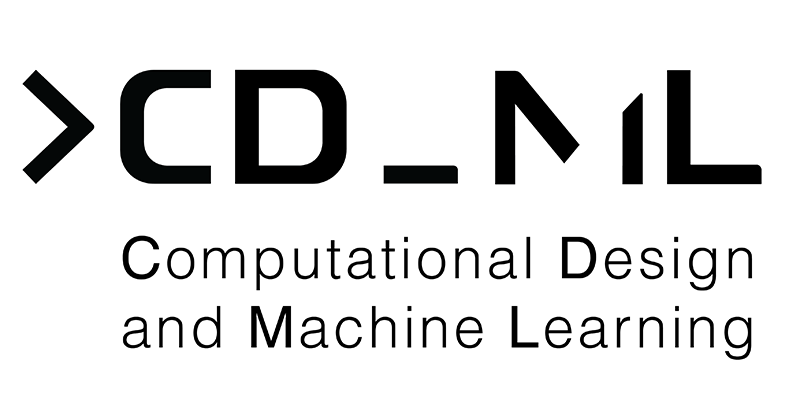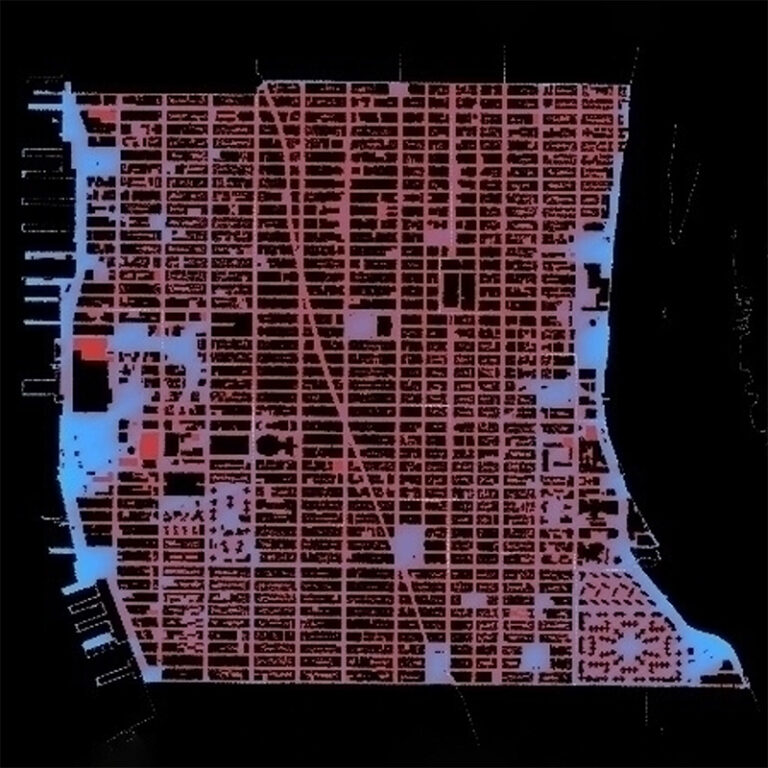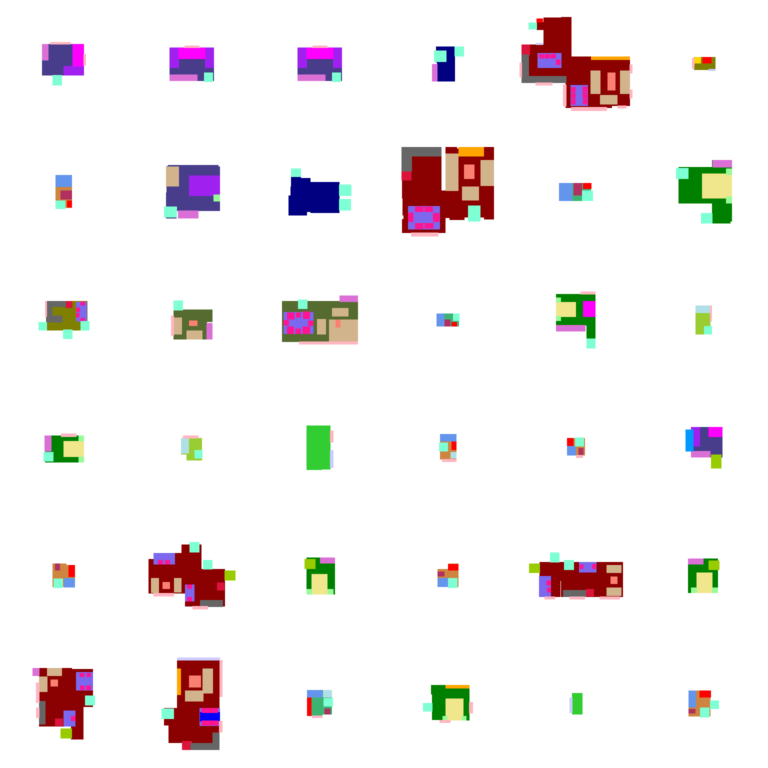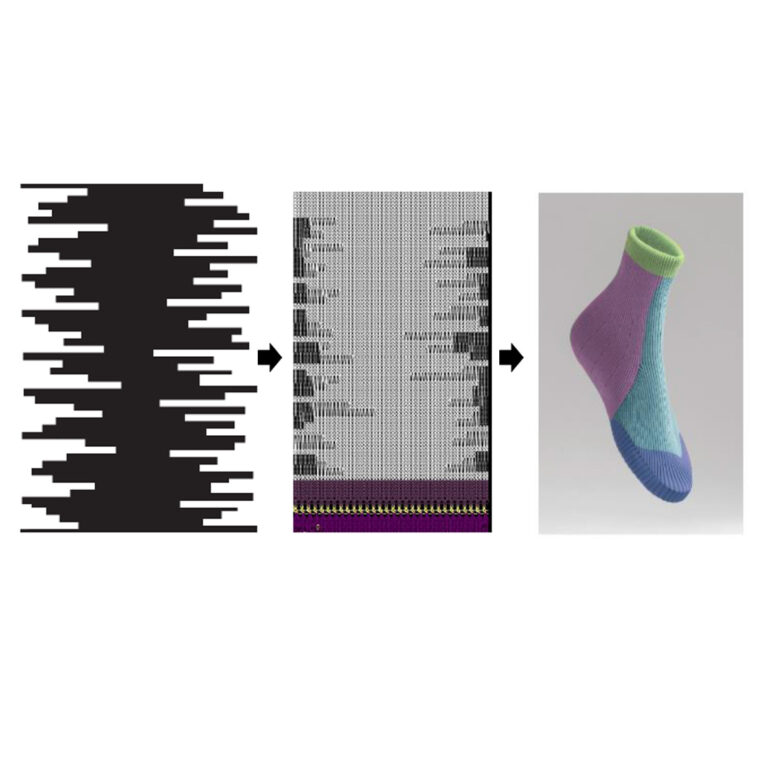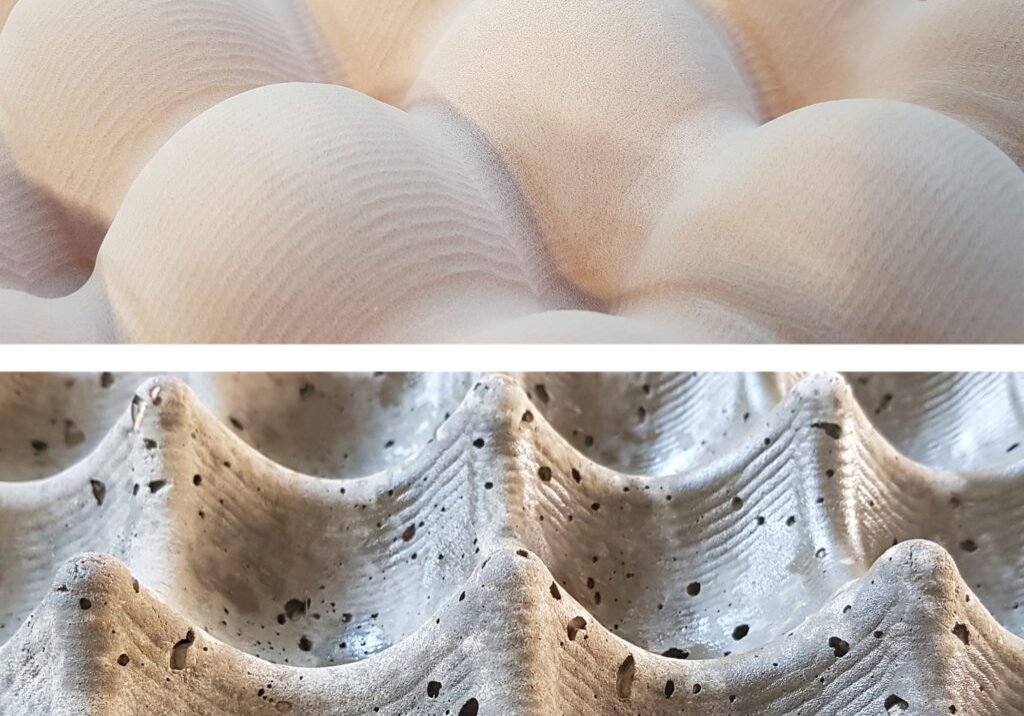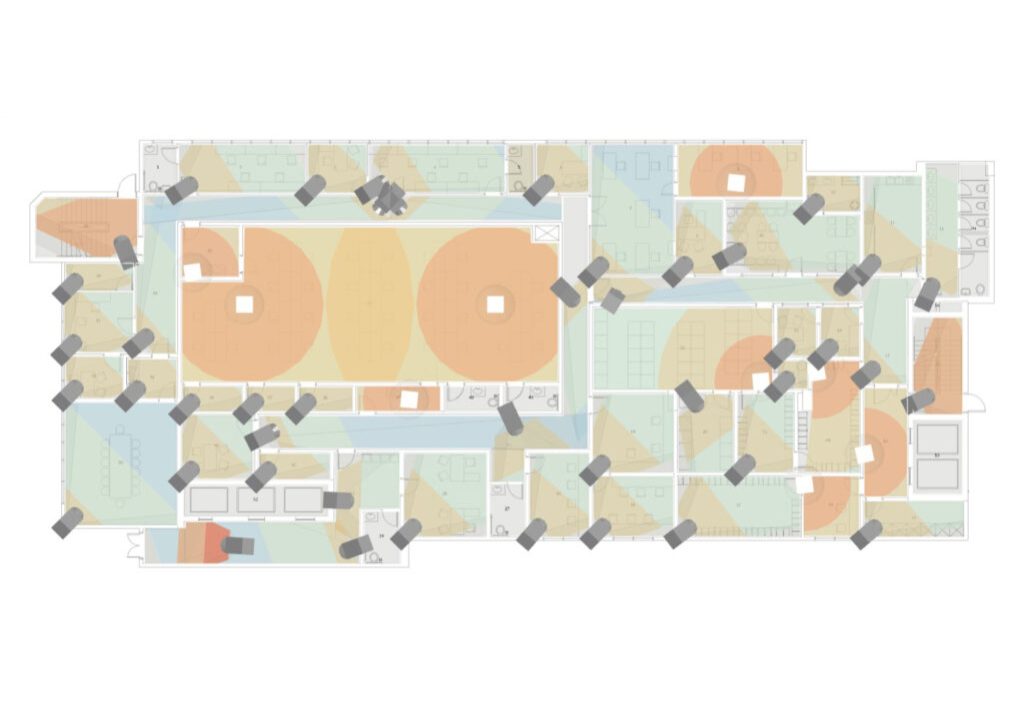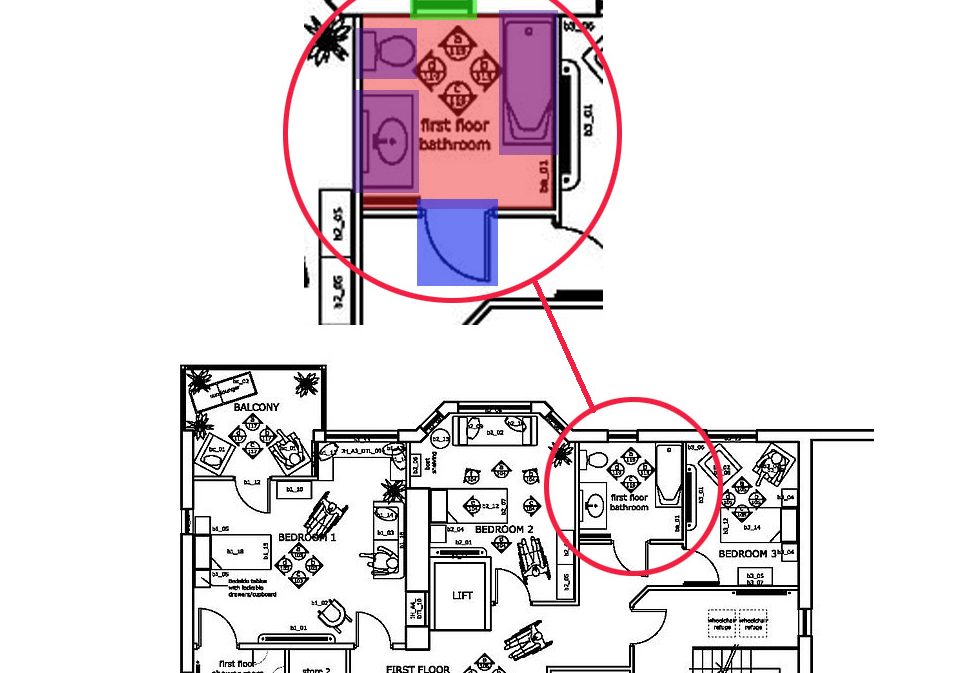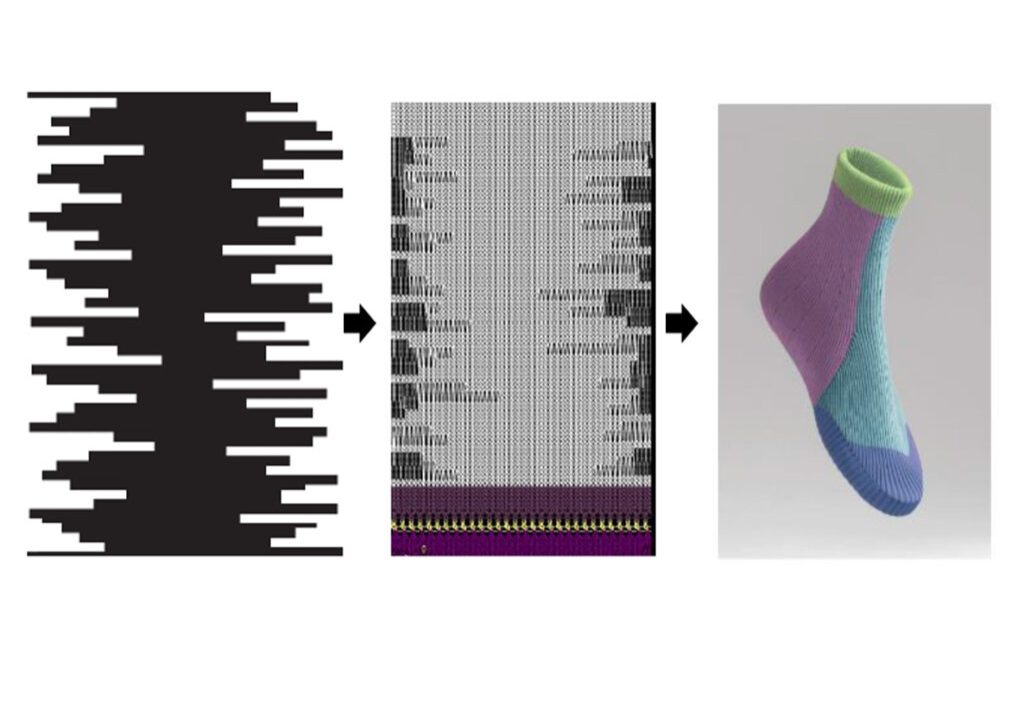Machine Learning Models for Analyzing Urban Visual Experience
CNNs for analyzing urban visual experience Previous studies have described the effects of urban attributes such as the Spatial Openness Index (SOI) on pedestrians’ experience. SOI uses 3-dimensional ray casting to quantify the volume of visible space from a single viewpoint. The higher the SOI value, the higher the perceived openness and the lower the…
Read MoreReal-time Fabrication Analysis
Real-time Fabrication Analysis of Molds for Concrete Elements In his PhD. Thesis, Dr. Austern developed an analysis method which evaluates the fabrication parameters of complex geometries. The method predicts the feasibility, material use, and machining time required for fabricating moulds. It achieves this by interrogating geometric properties instead of the traditional machining simulations. Using the…
Read MoreAutomated Security Design
Automated Security Design Despite advances in computational design in the building sector, security system design is still based on outdated software and design paradigms. This leads to long design times as well as to inadequate system designs. In his role as Chief Science Officer for BeamUP, Dr. Austern developed a new system design method that…
Read MoreReading Legacy 2D plans
Reading Legacy 2D plans with Machine Learning As Chief Science Officer of BeamUP, Dr. Austern invented and helped develop a unique process which converts unstructured, 2D CAD files to intelligent 3-dimensional models which represent building geometry. BeamUP’s process combines geometric and statistical Heuristic algorithms, with state-of-the-art Machine Learning models. The process can automatically identify space…
Read MoreCGANs for generating architectural interior designs
CGANs for generating architectural interior designs In interior space planning, the furnishing stage usually entails manual iterative processes. Machine learning has the potential to automate and improve these processes while maintaining creativity and quality. The aim of this study is to develop a furnishing method that leverages machine learning as a means for enhancing design…
Read MoreDigital Automation for Custom-to-fit 3D Weft-Knitted Garments
Digital Automation for Custom-to-fit 3D Weft-Knitted Garments Automated flatbed weft-knitting technology holds the potential to significantly increase product variety, allow for customization, and reduce production stages. Computer numerically Controlled (CNC) knitting machines can produce a knit-to-wear garment, tailored to one’s specific size, based on given digital parameters. This research aims to POC a new 3D…
Read MoreApplying Graph Neural Networks on BIM data
Applying Graph Neural Networks on BIM data Automatic Classification of building elements using Machine Learning (ML) is a powerful technique for constructing, enriching, and validating Building Information Models (BIM). We propose improving existing classification methods by introducing contextual information into the model via Graph Neural Networks (GNNs). In this approach, we build a graph data…
Read MoreThe Computational Design and Machine Learning lab explores the use of state of the art models and algorithms to solve architectural problems in design, analysis, and fabrication. CD_ML was founded by Dr. Guy Austern with a vision to bridge the gaps between design and coding by developing innovative software tools for the architectural profession.
The candidate will head the lab’s research efforts on Applying Graph Neural Networks on BIM data, which is a part of the new Neuro-Symbolic AI in AEC research arc. In this research arc we join forces with researchers from the Stuttgart ICD as TU delft to envision and develop the next generation of BIM software. Our research will explore the use of Graph based Machine Learning models on Knowledge Graph representations derived from BIM files. We will use these models as the basis for a BIM autocomplete mechanism, which will allow BIM software to actively participate in the design process by making suggestions and filling in design details. More information

